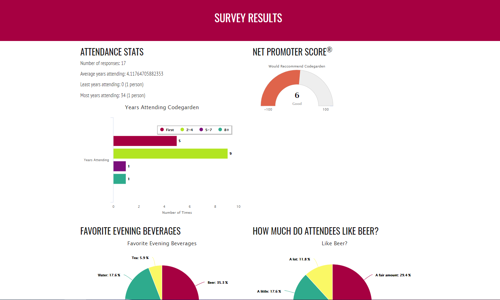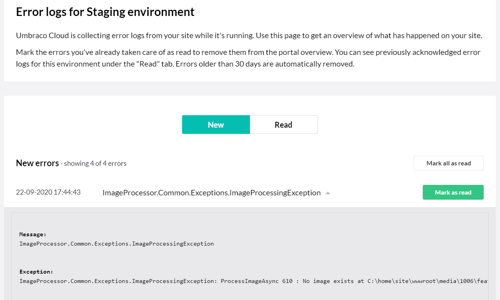Warning: This post is over 14 years old and may no longer be accurate, especially in regards to more updated technology currently available. Additionally, links in this post may be broken. Please keep this in mind while reading.
 If you are new to online marketing, this glossary of blogging terms should help you understand what everyone is talking about - and get more from information about how to use blogging to boost your business.
If you are new to online marketing, this glossary of blogging terms should help you understand what everyone is talking about - and get more from information about how to use blogging to boost your business.
I haven’t put these in alphabetical order, but rather in an order for best understanding the over-all concept. Other defined terms in the definitions are bold-italic.
Blog
A website or part of a website devoted to a chronological collection of posts made by an author or authors. A blog might be devoted to a specific topic, or might be a general collection of whatever the author is thinking about across a broad range of topics. Though blog posts might take the form of an article, review, or how-to, they can also be personal essays, rants, raves, or pointers to content on other websites or blogs.
Blog Platform
The software system that any individual blog is built with. Popular platforms include: Blogger, Wordpress, BlogEngine.Net, Movable Type/Typepad, Blogsmith, etc. CMS-based blogging platforms also exist, as well as custom blog software.
The blog platform can either be installed on your domain name web hosting account, or hosted by the provider’s servers. I personally am in favor of having it on your own domain, but if that is a barrier to you getting a blog at all, then a blogging service is better than nothing.
Desktop/Mobile Blogging Applications
Generally, all blog platforms allow the author to use a web-based interface (aka a web browser with a special login page) to make posts to the blog. Sometimes you might want to use a desktop application that connects to your blog to write and publish posts. I like to use LiveWriter for posting. Your internet-enabled phone or other mobile device might also have a blogging application installed, to make it easier to blog from your phone.
Post
A post is a single dated item on a blog. Each post has a posting date, title, content, and its own comments. It might also have keyword tags, assigned categories, a rating, and other things, depending on the blog platform.
Tags
Keywords or keyword phrases associated with a blog post. Generally, the purpose of tagging posts with keywords is so that the reader can click on a keyword in a list of available keywords (called a Tag Cloud when it is formatted in a big pile with more-frequently-used keywords appearing larger than less-frequently-used keywords) and see all the posts that have been tagged with those keywords. In other words, possibly related posts or at least posts that mention the same topic.
Categories
Posts might also be assigned to one or more categories. Generally, the list of categories is smaller and more defined than the list of tags available. Many blogs will only use one or the other – tags or categories, though some use both.
Comments
The blog owner can specify whether they want to allow readers to comment on the posts. This is generally a good idea, since you can get interesting feedback from readers and build relationships. A comment usually includes the commenter’s name and a link to a URL they specify (usually one of their own websites or blogs). Because of these links, it’s common to get spammy comments from people who just want to have a link to their website on your website, so if you enable commenting on your blog, be prepared to spend some time moderating and deleting spam comments.
Trackback
When someone puts a link to your post on their own blog it’s called a Trackback. These are great to have, since it means that people who read their blog will probably click over to read your post on your blog. It’s a great courtesy to visit their post and make a “thank you” comment for the trackback, or reply to their commentary on your post.
Archives
A list of years and months (or weeks) which allow the reader to see older posts on your blog. Since the blog homepage only shows the latest several posts, this is a quick way to access older posts based on date.
RSS / RSS Feed
“RSS” stands for “Really Simple Syndication”, and is a way for blog owners to provide their posts in a specially formatted XML text file that can be read by programs or other websites (This is called “consuming an RSS feed” or “subscribing to an RSS feed”). Most blog platforms automatically provide RSS feed functionality, so you don’t need to worry too much about setting this up. You might choose to use a feed monitoring service, such as Feedburner, to keep track of how many people are subscribed to your feed.
Web Action Steps
Educate yourself about blogging and how it can help your business. Here are some additional resources for you:
- “How to Set Up a Blog” article
- “Use a Blog to Boost Your Visibility” article
- “Should You Have a Blog or a "News" Section?” article
- Posts on my blog tagged “blogging”
If you need help setting up a blog and using it to boost your business, contact me to discuss the possibilities.








